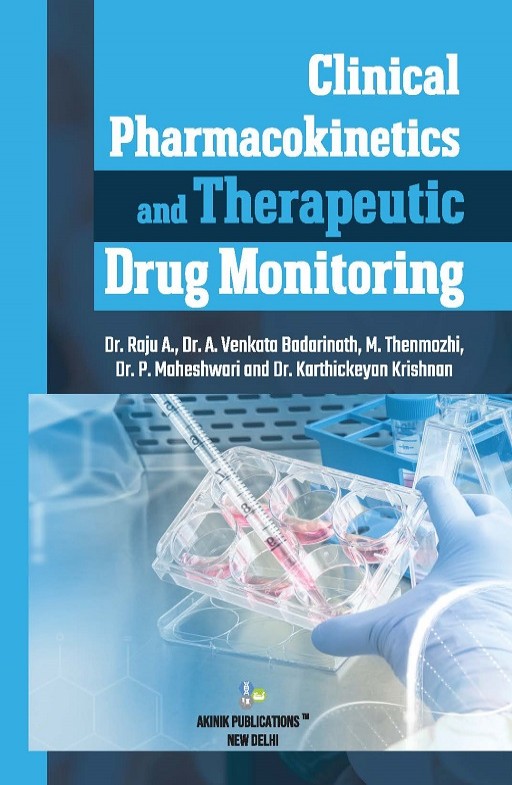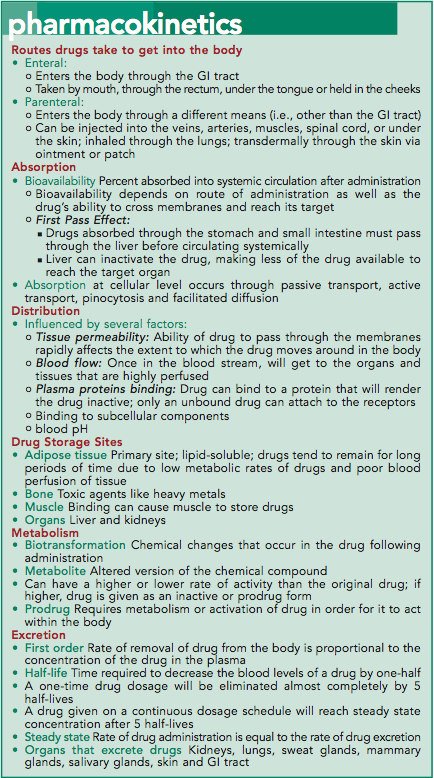Learn how the body affects the movement and action of drugs, and how to adjust dosage based on patient factors and drug properties. Find formulas, examples, and references for pharmacokinetic principles and applications. Pharmacokinetics is the study of how the body affects a substance after administration, such as drugs, pesticides, or cosmetics. It involves mathematical modeling of the processes of absorption, distribution, metabolism, and elimination of the substance, and the measurement of various pharmacokinetic metrics. Learn about the science of pharmacokinetics, which studies how drugs are absorbed, distributed, metabolized, and excreted by the body.
Find chapters and articles on pharmacokinetic modeling, terms, and applications in medicine and dentistry. Learn what pharmacokinetics is and how it studies how drugs move into, through, and out of the body. Discover the four stages of pharmacokinetics (absorption, distribution, metabolism, and excretion) and why they are important for drug safety and efficacy.
To make safe decisions regarding medication administration, the nurse must have a strong understanding of pharmacology, the science dealing with actions of drugs on the body. Symptom management and a client's overall well-being are strongly connected to the appropriate administration of medications prescribed in a client's treatment plan. Before a student nurse reviews a medication order Learn how pharmacokinetics, the passage of drugs into, through, and out of the body, affects drug efficacy and toxicity. Explore the factors that influence absorption, distribution, metabolism, and excretion of drugs, and how pharmacogenetic testing can help optimize treatment. Learn the basic concepts and applications of pharmacokinetics and pharmacodynamics, the study of drug absorption, distribution, metabolism, and excretion, and their effects. Explore the factors that affect drug disposition and response, and the methods to monitor and optimize drug therapy. Learn the four processes of pharmacokinetics: absorption, distribution, metabolism, and excretion. Understand how drugs cross membranes, are bound to plasma proteins, are metabolized by enzymes, and are eliminated from the body.2: Pharmacokinetics - Medicine LibreTexts
To make safe decisions regarding medication administration, the nurse must have a strong understanding of pharmacology, the science dealing with actions of drugs on the body. Symptom management and a client's overall well-being are strongly connected to the appropriate administration of medications prescribed in a client's treatment plan. Before a student nurse reviews a medication order Learn how pharmacokinetics, the passage of drugs into, through, and out of the body, affects drug efficacy and toxicity. Explore the factors that influence absorption, distribution, metabolism, and excretion of drugs, and how pharmacogenetic testing can help optimize treatment. Learn the basic concepts and applications of pharmacokinetics and pharmacodynamics, the study of drug absorption, distribution, metabolism, and excretion, and their effects.
Explore the factors that affect drug disposition and response, and the methods to monitor and optimize drug therapy. Learn the four processes of pharmacokinetics: absorption, distribution, metabolism, and excretion. Understand how drugs cross membranes, are bound to plasma proteins, are metabolized by enzymes, and are eliminated from the body.
Pharmacokinetics (PK) is the study of the absorption, distribution, metabolism, and excretion (ADME) processes of a drug. Understanding PK properties is essential for drug development and precision medication. In this review we provided an overview


